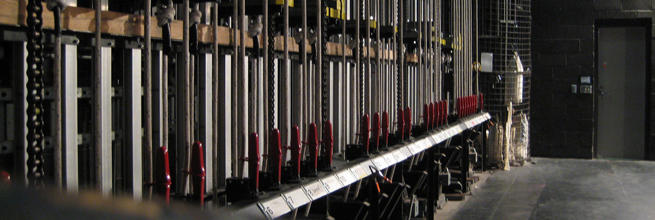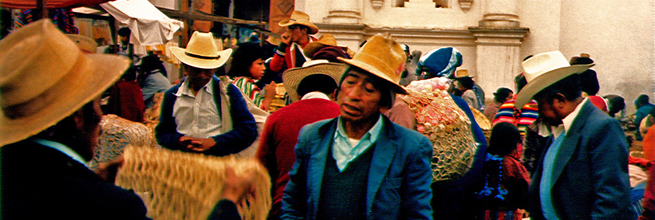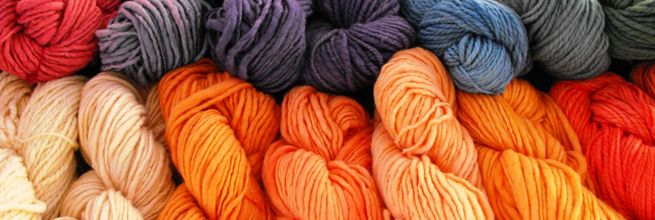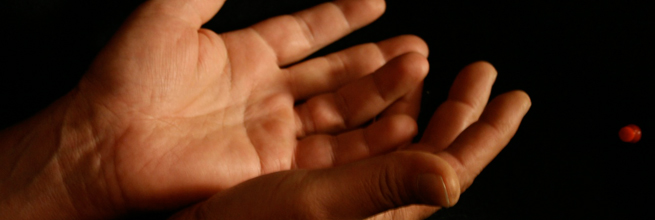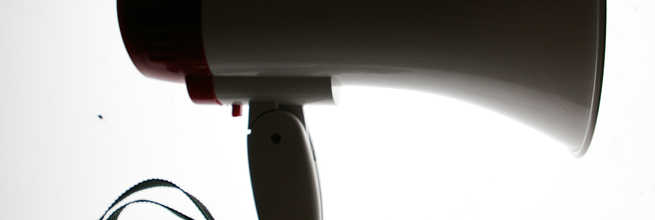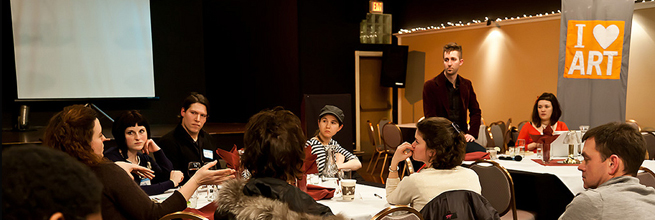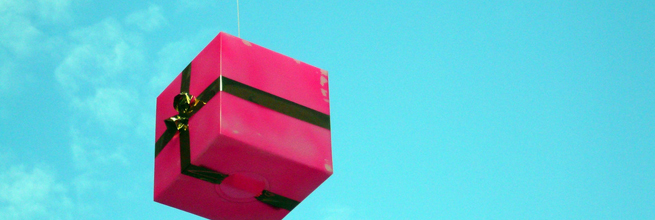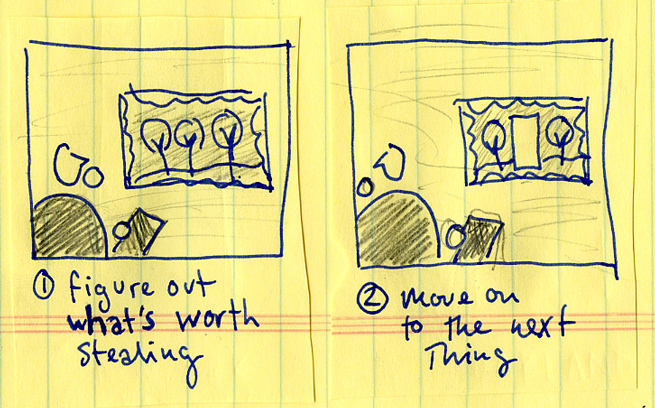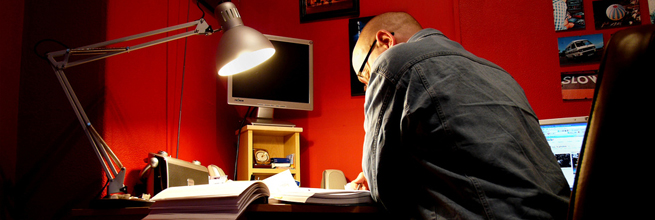This series of articles addresses the topics discussed during a March 30 Salon Discussion I led titled "Connecting to Your Community." Some background information about the subject is available in a preliminary post, Learn to Share: A Primer.
Setting the Stage
HYPOTHESIS The best way to balance our commodity-driven culture is to contribute to the community through the open exchange of knowledge, ideas and information.
In the creative modern world, our gifts usually participate in the market. And while the market isn't intrinsically a bad thing, our guidance by it can sometimes overshadow the reason why we create in the first place—because our gifts compel us. As I examine this notion of balancing market-driven gifts and meaningful contribution to community, I break it down into five parts:
- Setting the Stage
- Identifying Your Motives
- Becoming A Catalyst
- Developing Synergy
- Making A Difference
Gift vs. Market
Practices of many indigenous cultures and anecdotes found in fairy tales and mythology illustrate the idea of a gift economy—goods and services are delivered without an explicit agreement for immediate or future rewards—a culture without quid pro quo. The gifts are a form of reciprocal altruism intended to benefit the whole, not just the one. Everyone contributes in their own way, and everyone benefits.
Pardon my nerdiness, but any fan of Star Trek will nod in understanding of this concept. In Star Trek II: The Wrath of Khan, Spock sacrifices himself for the crew of the Enterprise. In his last breathing moments, he presses his irradiated body against the window and justifies his actions to a grieving [and overacting] Kirk:
The needs of the many outweigh the needs of the few. Or the one. ... I have been, and always shall be, your friend.
The market (or sometimes barter) economy is one driven by products that hold intrinsic value. Money or other products are exchanged for an item based on its perceived or collectively established value.
Those of us who sell our artwork or handiwork are well aware of the importance of value when it comes to surviving in a market-driven world. Hello, capitalism. But while there's no escaping capitalism—barring some cataclysm that utterly destroys the market as we know it and forces us to return to our anthropological roots—if left unchecked, it can consume our life and eat at our soul. I don't mean to say that the market is bad in nature, but that imbalance can have negative consequences on our creativity.
Within the handmade market, though, we often find a barter economy. How many of you have scoped out a craft show in search of other vendors to trade product with? Bartering at this level, artist to artist, holds much more perceived value because we have a personal knowledge of how the object is made and are parting with something of equal value of our own making. There is much more emotion involved in act of the exchange than in parting with our money.
Money is typically disconnected from the labor that generates it by enough steps to dilute the emotional meaning. And in a market where mass-produced goods drive down the established value, the consumer gives more emotional weight to the amount of money they must part with than to the reasons why a handmade object is better than its mass-produced counterpart.
The maker, dealing with this dichotomy day in and day out, may feel burdened by the conundrum of making a livable wage while offering a marketable (read: inexpensive) product. This can eat away at the soul and lead a maker to severely undervalue their gift (which is another subject entirely).
The Strength of the Gift
So what is community? We all belong to a community of makers, and there are myriad sub-communities and super-communities that we can identify with. Lewis Hyde, author of The Gift: Creativity and the Artist in the Modern World, argues that the circulation of gifts creates community. So where there may not already be community, once a gift exchange is initiated, community is born.
We saw this happen first-hand with I Heart Art: Portland. By giving knowledge and providing opportunities for professional development, we planted a community seed that has since sprouted into a wonderful trove of talent, education and mutual support. Those who participate feel good about doing it, because they know they are benefiting others, just as they are benefiting themselves.
We nourish the spirit by disbursing our gifts, not by capitalizing upon them. —Lewis Hyde
The spirit that Hyde speaks of here is the spirit of our own gifts—our own creativity, knowledge or talent. And by so nourishing our spirit, the community is nourished by the gifts themselves, the rewards of which are immeasurable.
Imbalance created by trusting too much of our own gifts or creativity with the market can then be re-centered by dedicating a portion of our talents to giving back to the community that nurtured our talent, nourishing our soul in the process and keeping our dependence upon the market in check.
Does this mean we should just grab a megaphone and a soapbox and stand up in the town square broadcasting creativity for everyone to hear? That just seems silly. By meaningfully identifying our motives, becoming a catalyst, developing synergy and making a difference, we can achieve a balance between the market-based world that we live in and the community that so openly embraces us.
To be continued... Part Two: Identifying Your Motives
Reblogged from I Heart Art: Portland. Originally posted on May 20, 2011.
